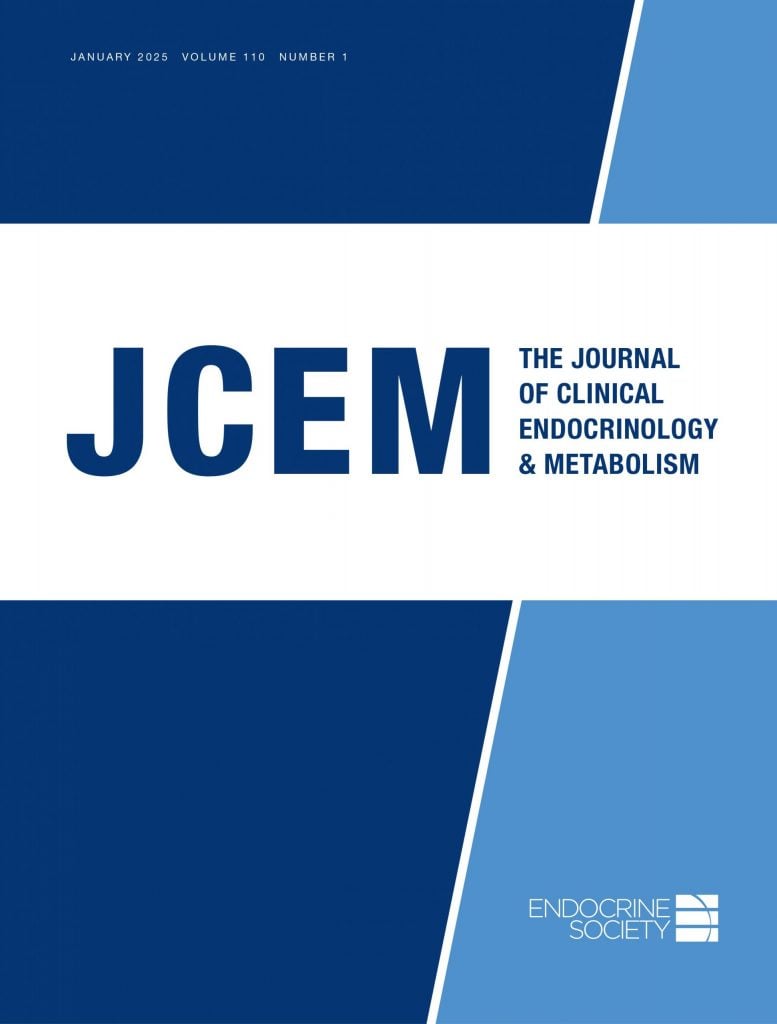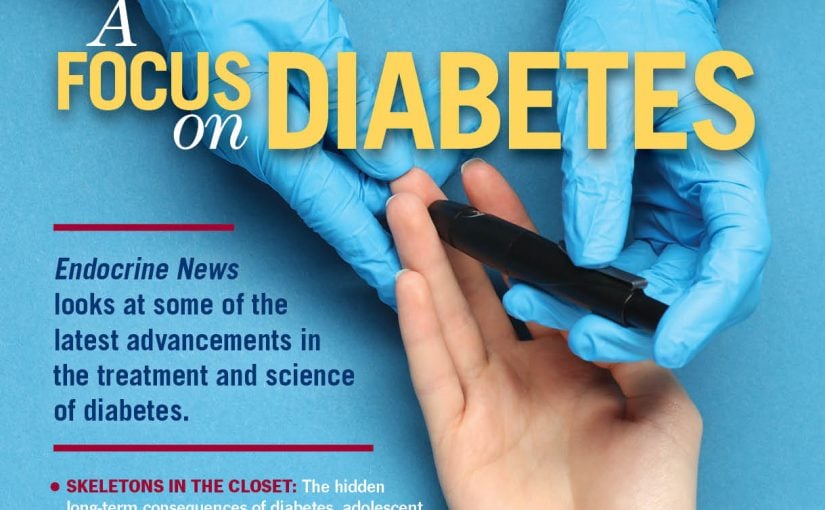
The World Health Organization reports that obesity affects one in eight people globally, making it a major public issue. Yet obesity is not just about diet, exercise, and genes — something else must be afoot. Recently, evidence has pointed to an invisible but powerful culprit: dioxins and dioxin-like polychlorinated diphenyls (DL-PCBs), according to “Association Between Mixed Exposure to Dioxins and Dioxin-Like Polychlorinated Biphenyls and Obesity Among U.S. Adults,” a new study published in the Journal of Clinical Endocrinology & Metabolism.
Dioxins and DL-PCBs are toxic chemicals commonly released through industrial processes such as waste incineration, chemical manufacturing, and pesticide production. Once released into the environment, they persist for decades, accumulating in the food chain and ultimately being stored in human fat tissue. While previous studies have suggested a potential link between dioxins and obesity, this study is among the first to assess the combined effects of these pollutants on body weight.
As obesity rates continue to rise, this study underscores the need for a broader approach to tackling the epidemic — one that considers not just diet and lifestyle, but also environmental pollutants that may be influencing metabolism at a deeper level.
Researchers from China led by Zhao-Xing Gao, et. al., analyzed data from 852 U.S. adults in the 2003-2004 cohort of National Health and Nutrition Examination Survey (NHANES), a series of ongoing health-related surveys conducted by the U.S. Centers for Disease Control and Prevention, measuring blood levels of nine types of dioxins and DL-PCBs. Using advanced statistical methods — including generalized linear regression, weighted quantile sum (WQS) regression, and Bayesian kernal machine regression (BKMR) — they evaluated the relationship between chemical exposure and obesity.
The findings were striking: Combined exposure to these environmental pollutants significantly increased the risk of obesity, with one compound, 1,2,3,4,6,7,8-hpcdd, appeared to have the greatest impact. Even more troubling, the study suggested that these chemicals could be disrupting metabolism through their effects on glycated hemoglobin A1c (HbA1c), a key marker of blood sugar regulation.
The study provides strong evidence that exposure to dioxins and DL-PCBs is not just correlated with obesity by may also actively contribute to weight gain by disrupting metabolic processes, further cementing their identity as endocrine-disrupting chemicals. Involvement of HbA1c suggests that these pollutants interfere with blood sugar regulation, potentially leading to insulin resistance — a known factor in type 2 diabetes and obesity.
“These findings highlight the importance of environmental factors in obesity,” the researchers wrote. “Current public health strategies focus primarily on diet and exercise, but reducing exposure to pollutants may also be necessary for effective obesity prevention.”
Although avoiding dioxins and DL-PCBs is impossible due to their widespread presence, experts suggest several ways to reduce exposure. Individuals should be mindful of food sources; as dioxins accumulate in animal fats, consumption of lean meats, low-fat dairy, and plant-based foods may help reduce intake. Additionally, people should choose organic and locally sourced foods as some pesticides contain dioxin-like compounds. Lastly, folks need to stay informed about local environmental risks, especially communities near industrial sites or contaminated water sources. As obesity rates continue to rise, this study underscores the need for a broader approach to tackling the epidemic — one that considers not just diet and lifestyle, but also environmental pollutants that may be influencing metabolism at a deeper level.

